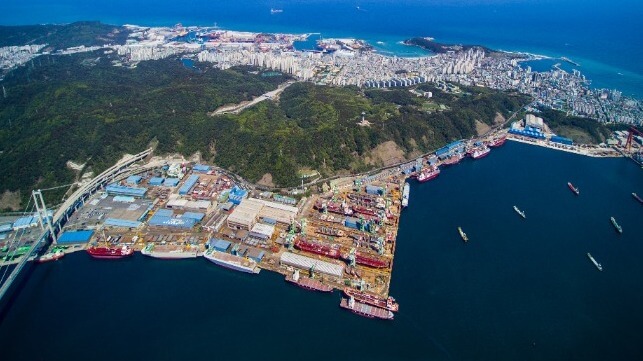Hyundai Wins Two AIPs for Larger, More Efficient Liquid CO2 Carriers

Hyundai Mipo has won design approval for the development of what it believes to be the first 30,000 cubic meter liquefied carbon dioxide carrier. The design incorporates a new type of steel into the vessel's Type C tanks, making the scantling lighter and enabling the construction of a much larger ship.
The design is the first product of a joint development project for a new steel type launched in late 2021, and Hyundai Mipo SVP Chan-il Kim says that it could underpin a class of more economical and efficient LCO2 carriers. Long-distance CO2 transport by sea could be an important part of the future carbon economy if carbon capture and storage ventures prove successful - particularly for delivering CO2 to offshore subsea storage wells.
“This is a very important project for the entire maritime industry, as this type of vessel will be an important part toward the successful implementation of upcoming maritime environmental and emissions regulations," said Alfonso Castillero, the COO of the Liberian Registry, in a statement last year.
LR and the Liberian Registry have worked with Hyundai Mipo on the design approval, and ship manager Capital Gas joined in the venture to advise on commercial and operational aspects. Korean steel giant Posco will supply the specialized steel alloy for the venture.
"We see the move to the transportation of CO2 as a natural extension of our existing commercial and technical management expertise," said Miltos Zisis, managing director of Capital Gas.
Hyundai Mipo Dockyard has developed three other liquefied CO2 carrier designs, including 12,000 and 22,000 cubic meter sizes.
On Wednesday, ABS and the Marshall Islands Registry unveiled a separate approval in principle for a 74,000 cubic meter "ultra large liquefied carbon dioxide carrier" for Hyundai Mipo's sister company, Hyundai Heavy Industries. The design is based on nine cylindrical tanks and would operate on LNG fuel.
